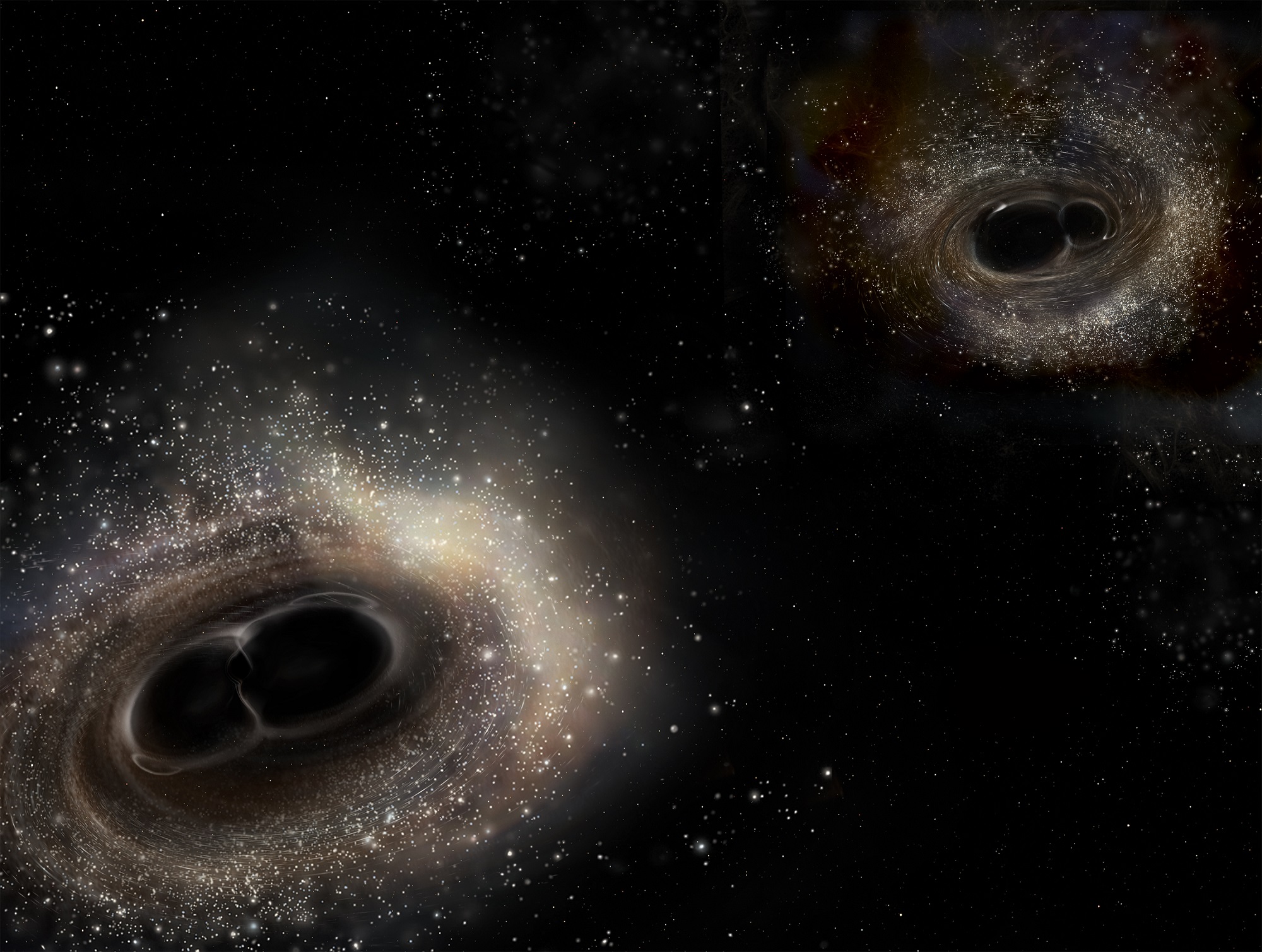In February of 2016, scientists at the Laser Interferometer Gravitational-wave Observatory (LIGO) announced the first-ever detection of gravitational waves (GWs). Since then, multiple events have been detected, providing insight into a cosmic phenomena that was predicted over a century ago by Einstein’s Theory of General Relativity.
A little over a year ago, LIGO was taken offline so that upgrades could be made to its instruments, which would allow for detections to take place “weekly or even more often.” After completing the upgrades on April 1st, the observatory went back online and performed as expected, detecting two probable gravitational wave events in the space of two weeks.
Continue reading “As Expected, the Newly Upgraded LIGO is Finding a Black Hole Merger Every Week”
